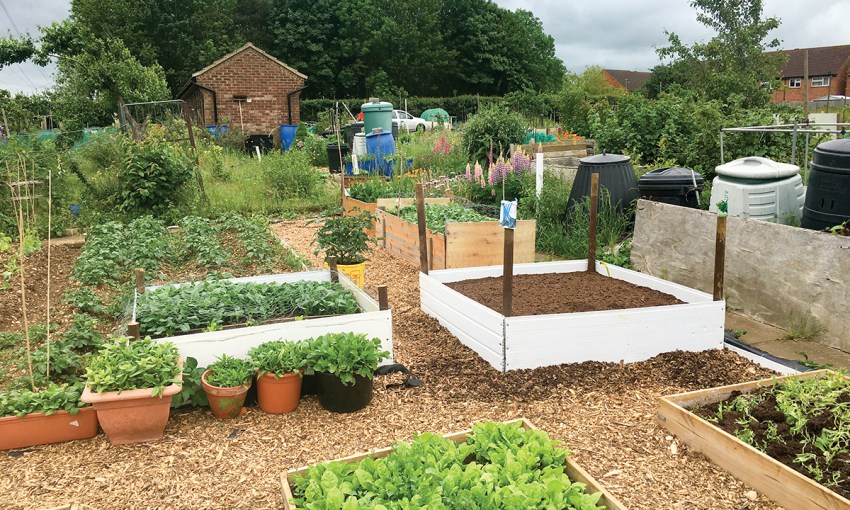Organic gardening combines principles, practices and products that improve the natural health and fertility of your garden.
Going organic in the garden
Once seen as a bit left-field, the organic garden movement has gained immense momentum and mainstream acceptance by home gardeners over the past decade.
For some, gardening organically is their contribution to helping reduce the global impact of climate change, for others it’s about growing flavoursome, chemical-free produce, or enjoying the therapeutic benefits of getting their hands dirty – or a combination of all these and more.
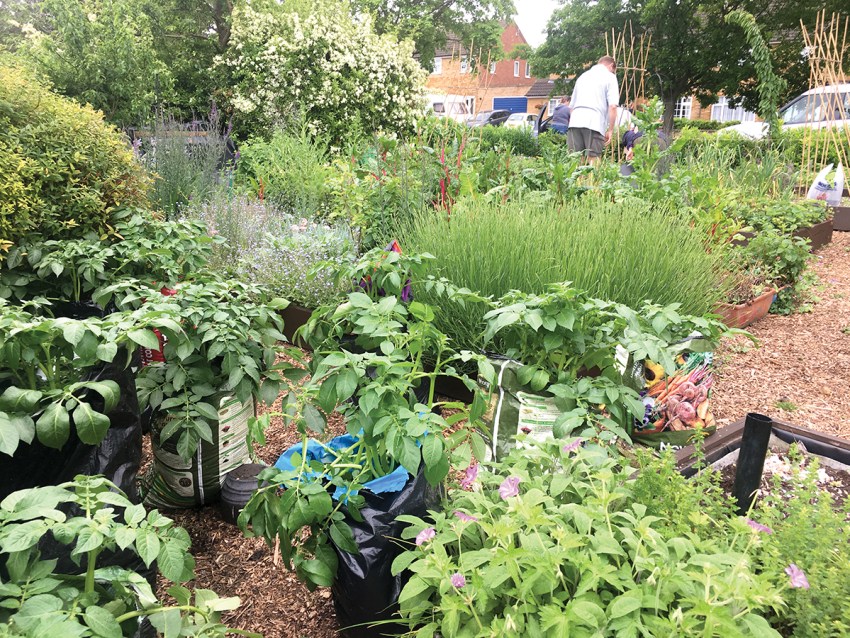
A wonderful part about the organic garden journey is you can join any time and in any way you like, from dipping in a toe to leaping in boots and all.
Part of going organic is swapping the use of synthetic pesticides, insecticides and fertilisers for natural alternatives and relying on compost, manures and other organic matter to help create a biological and ecological balance in the yard from the ground up.
Organic gardening starts with the soil. The richer, better drained and more friable the ground is, the healthier, happier and more productive plants will naturally be.
The key to success is digging in loads of well-aged organics – be that manure, compost or commercially available soil conditioners. Fresh organics draws nitrogen away from soil and surrounding plants.
To avoid any potential foliage-yellowing issues, aged compost provides an immediate source of food for soil microbes and earthworms to convert into a form of plant-ready food.
Unlike soluble chemical fertilisers, which release nutrients immediately, organic matter and organic-based fertilisers are slow and steady suppliers requiring that critical microbial intervention to leave soil teeming with life and vitality.
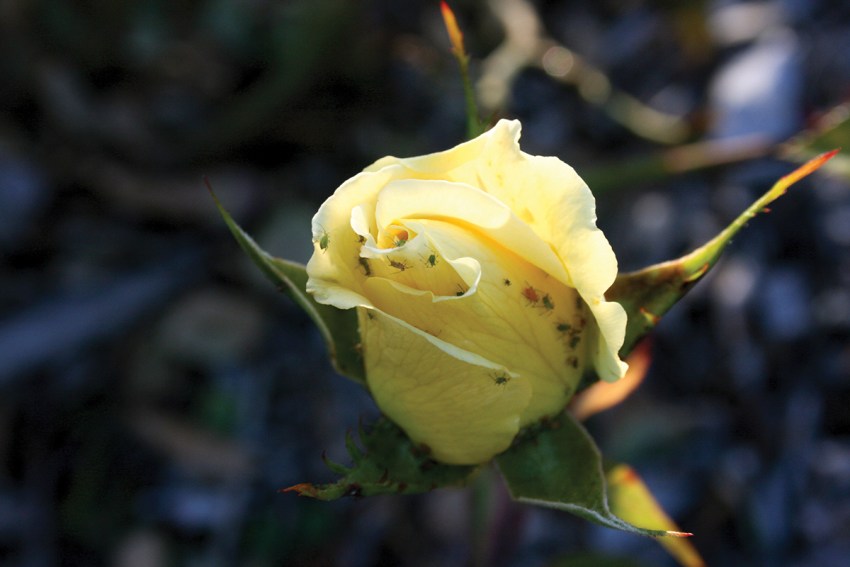
The garden products section at your local garden centre is an excellent example of the extent to which we have embraced organic gardening.
Gone are Carbaryl, Metasystox and organophosphate insecticides such as Malathion, along with a raft and other man-made pesticides, insecticides and fungicides that have progressively had their use banned or restricted.
Instead, the shelves are now filled with much less toxic options and plenty of natural alternatives.
Vegetable gardens are places where organic principles and practices make absolute sense. Keeping the produce we grow, pick and eat natural and chemical-free is very important.
Commercial producers such as Yates, Seasol, Neutrog and Brunnings have heard the increasing customer call for “safer” products and rallied to the cause.
The word “organic” has sprung up on a raft of products with ingredients based on seaweed, fish and microbes rather than chemicals.
Insecticides such as Success Ultra use Spinetoram, derived from beneficial soil bacteria, to reduce populations of leaf eating insects across the garden and veggie patch.
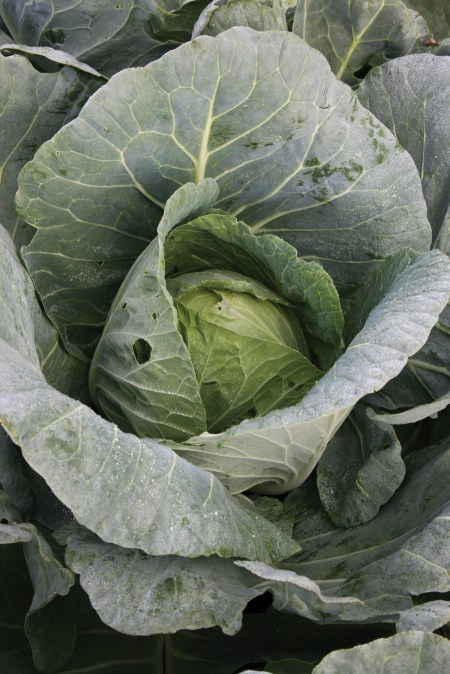
Caterpillars and other leaf-eaters are constantly drawn to the veggie garden; the challenge is to reduce their impact without compromising any potential harvest. The first line of defence is monitoring – simply keeping an eye out for any signs of damage.
While the temptation on seeing a hole in a cabbage leaf is to spray, turning over a leaf or two may reveal the culprit, who can simply be removed.
One truly organic option is to allow a few holes to happen across the crop and intervene only if it gets worse. Not only are you providing a home for some hungry grubs, but you’ll also enjoy a flittering of butterflies through the yard once they emerge from their pupal stage.
Aphid populations tend to explode quickly, covering new growth across vegetables and ornamentals. When only a few are present, a jet of water dislodges and discourages, however greater numbers call for something else.
Horticultural oils such as Eco-Oil and Pest Oil are perfect for spraying and smothering these and other sap-sucking insects, including scale. Working on contact only, apply a good spray over the offending insects to significantly reduce their numbers.
Any remaining aphids will be welcome food for predators such as ladybirds, hoverflies and lacewings and the greater numbers of these there are around the yard, the more balanced your ecosystem will be.
Growing a diverse range of plants encourages a wide variety of birds and insects into the yard. Mixing flowering trees, larger nectar-producing shrubs such as grevilleas and banksias, with medium-growing westringeas and correas creates homes, habitats, activity and birdsong.
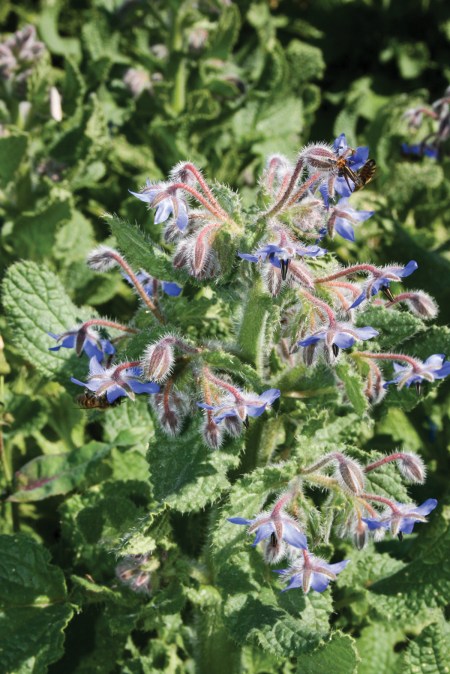
Companion planting is all about good neighbours. By matching and placing some plants together, they help each other in very clever and meaningful ways.
Chamomile placed near cabbage and onion deters flies and mosquitoes, garlic wards aphids from roses while borage planted around strawberries, tomatoes and practically anything can help increase yield thanks to it being a flowering sensation and pollinator magnet.
Variety is the spice of life so rotating crops in the veggie patch from season to season is a smart organic way to maintain soil health and fertility.
Planting the same crop in one spot over and over again runs the risk of causing soil structure issues as the same nutrients are used year after year.
Changing the plantings allows different crops to access a whole lot of unused nutrients and also prevents soil-borne pests and diseases having an opportunity to colonise.
There are many opinions about what crops should follow the next, however it doesn’t need to be too complicated.
This is a simple option: heavy feeders such as tomatoes, beetroot, and leafy veggies can be followed by lighter feeders including onions, garlic, capsicum and potatoes, then the soil-building heroes peas and beans.
If there’s space for a cover crop of mustard or clover after that, happy days!
Building a compost bin, installing a worm farm, collecting seeds, raising chickens and more, there are so many different facets to organic gardening to explore, enjoy and feel you are making a difference.
This article first appeared in the Autumn 2022 issue of SALIFE Gardens & Outdoor Living magazine.



